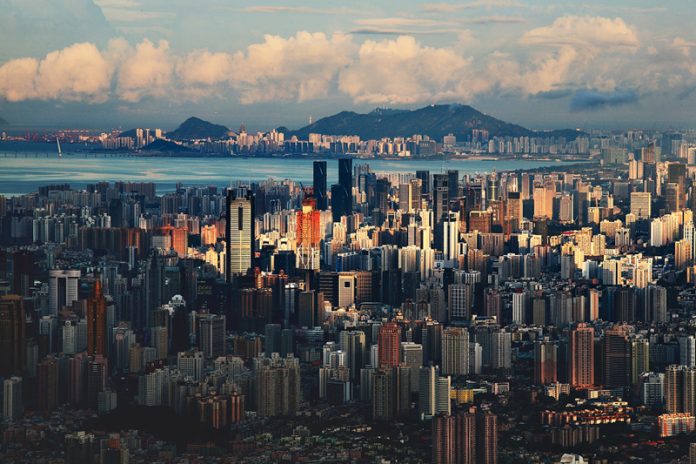European state-owned aircraft manufacturer Airbus recently announced the location of its China innovation center. The lucky city is Shenzhen, Hong Kong’s younger but bigger brother just across the border in Guangdong province. Shenzhen is a booming metropolis of 12-15 million people (it’s growing so fast that no one really knows) that is less than 40 years old.
People say that Shenzhen was nothing more than a small fishing village in 1979. In fact, it was an agglomeration of more than 300 villages and 300,000 people. But no matter how you tell the story, the growth has been phenomenal.
Today Shenzhen is the world’s upcoming maker hub, a place where people go to make things (usually electronic). Its Huaqiangbei market is famous as the place where you can buy anything and everything electronic in quantities ranging from one to one million. Shenzhen is also home to Apple contractor Foxconn, Chinese smartphone maker Huawei, and a host of other tech companies. No wonder Airbus wants a piece of the action.
Airbus’ innovation center in Shenzhen is the company’s second. Given that the company is headquartered in Toulouse in southern France and part-owned by the French, German and Italian governments, you would think that its first innovation center would be in Europe, perhaps in Paris’ Silicon Sentier or Berlin’s Silicon Allee. But it’s not. Airbus’ main global innovation center is in the heart of Silicon Valley, in good old San Jose, California.
Airbus makes planes in places like Toulouse, Hamburg, and Mobile, Alabama. In China, it has an assembly line in the northern city of Tianjin, where it operates in a joint venture with the Aviation Industry Corporation of China (AVIC). Though mainly a manufacturer of military jets, state-owned AVIC is also a shareholder in the Commercial Aircraft Corporation of China (COMAC), a manufacturer of the C919, China’s first home-grown civilian jetliner.
Why isn’t Airbus’ global innovation center in Europe, or its China innovation center in Tianjin? The answer is that the real value of a jetliner isn’t the aluminum tube of the body or the sleek aeronautics of the wings. It is in the electronics, everything from the avionics that controls fuel consumption to the onboard wi-fi and entertainment systems. And tomorrow the value will be on the networks that link it all together.
Airbus isn’t in Silicon Valley to develop new aircraft designs. It’s there to develop self-piloting personal air transport technology (codename: Vahana), an airspace management system for autonomous aircraft operation (codename: Altiscope), and an Uber-like helicopter ride-sharing service (codename: Voom). These are real Silicon Valley projects, not European Silicon Valley knockoffs. And you can bet that the Airbus Shenzhen center will play a role in making them into reality.
Shenzhen and Silicon Valley are fast merging into one giant trans-Pacific maker’s hub. Call it Calichina. The ideas are developed in California. The things are made in China. We’re not talking production lines (though those are in China, too). We’re talking models, prototypes and will-it-fly proofs-of-concept. And it’s not just Airbus making the Calichina connection. It’s everyone from technology giant Apple to agribusiness giant Cargill and every industry in between.
Shenzhen and Silicon Valley are symbiotic because although dreams are still made in California, things can only be made in China. The days when you could build an Apple I in California out of locally-sourced parts are long gone, but apparently, someone was able to build an iPhone 6s out of spare parts acquired in Shenzhen. Assemble Silicon Valley’s ideas using Shenzhen’s materials, and you can make the future in Calichina.








